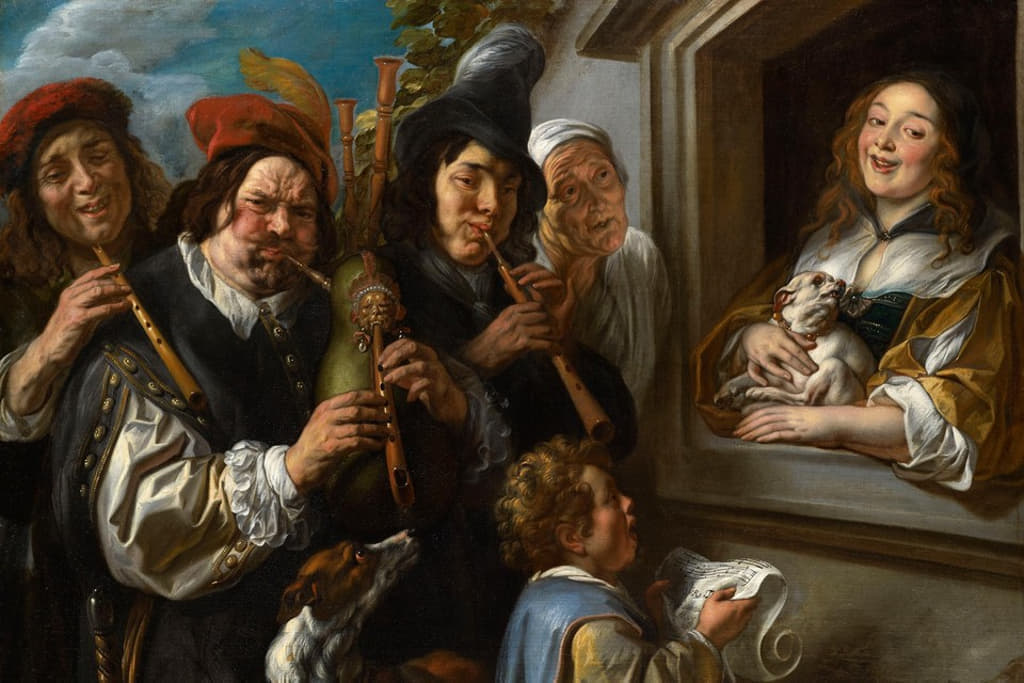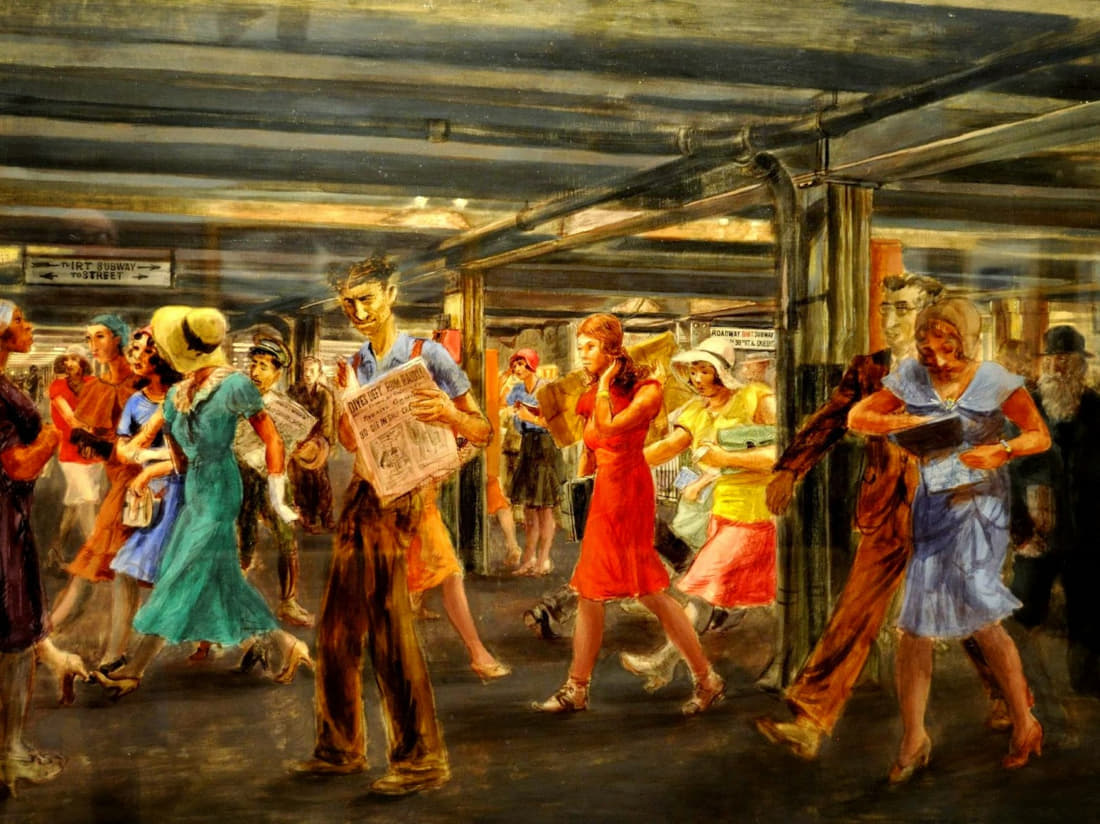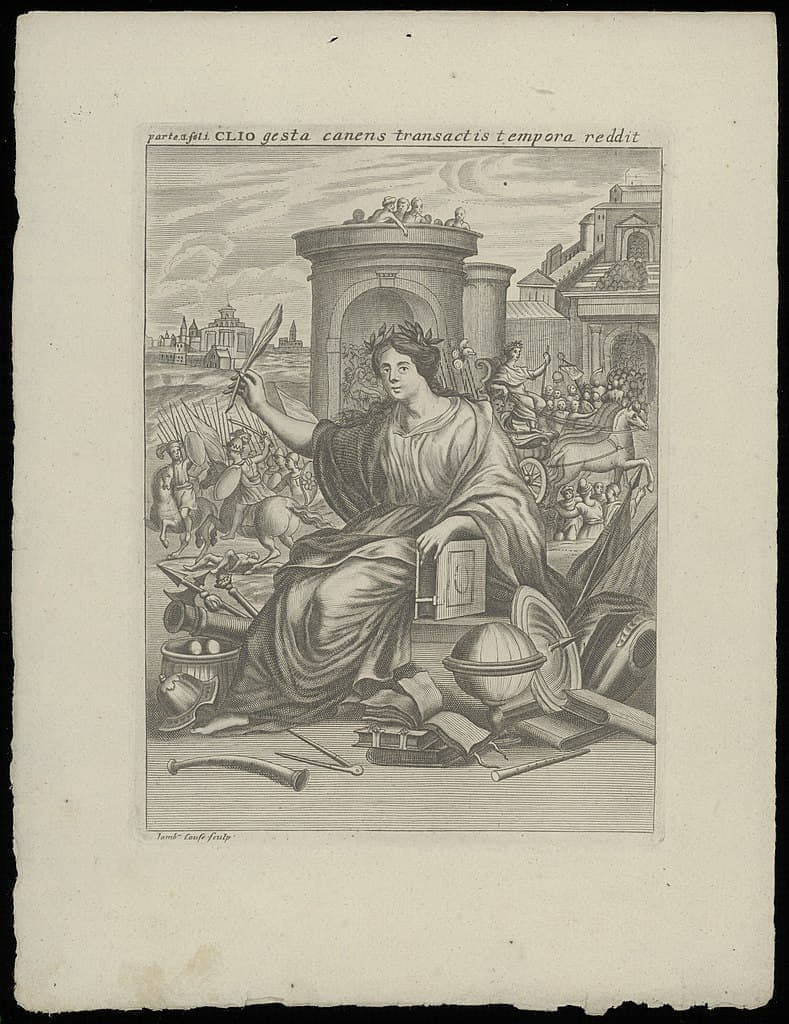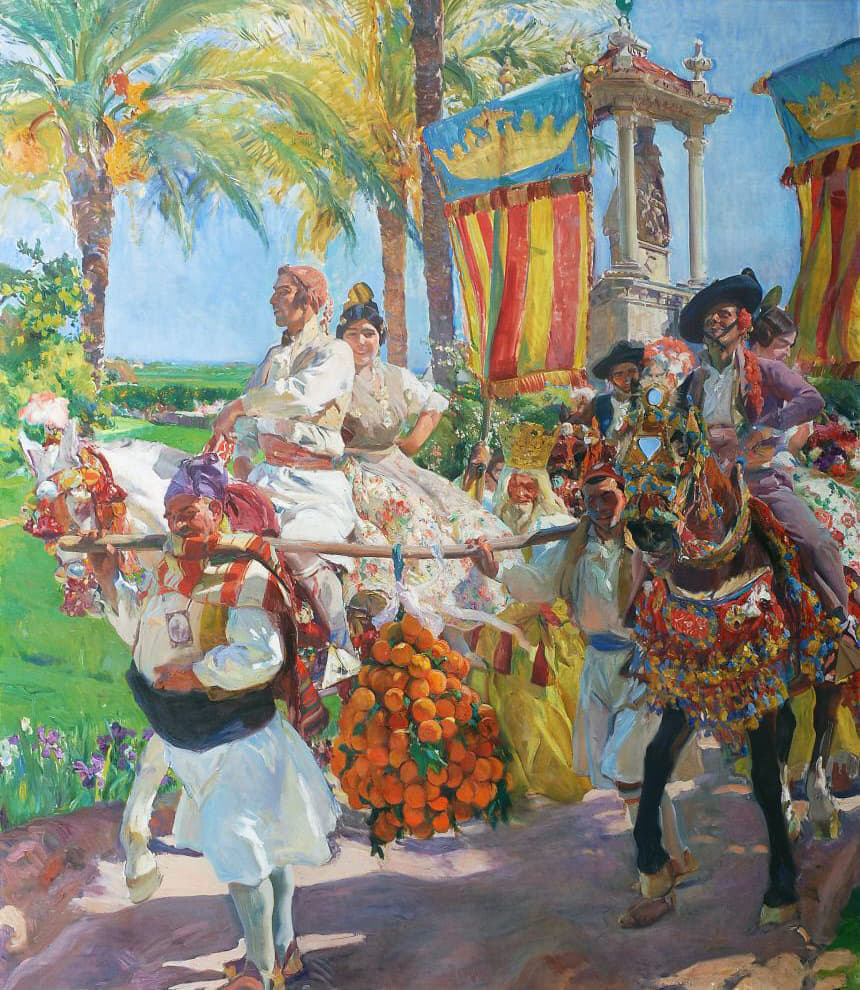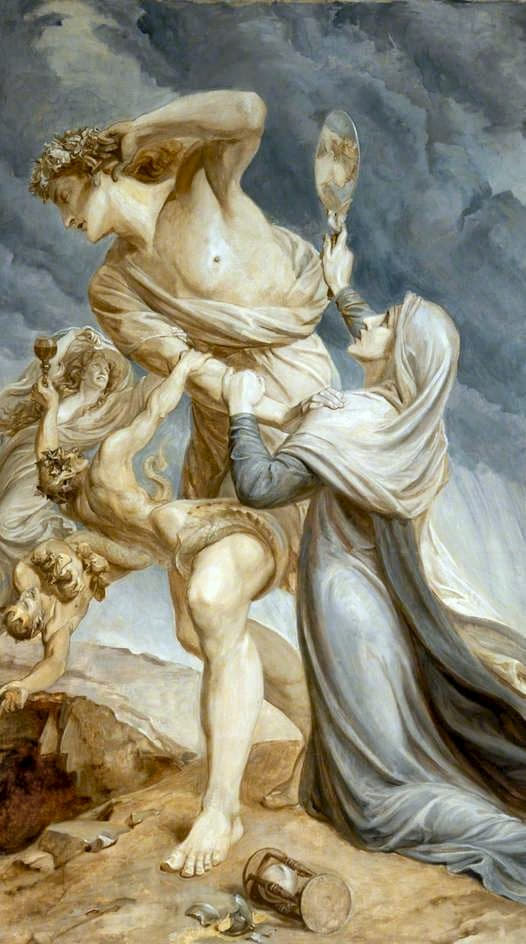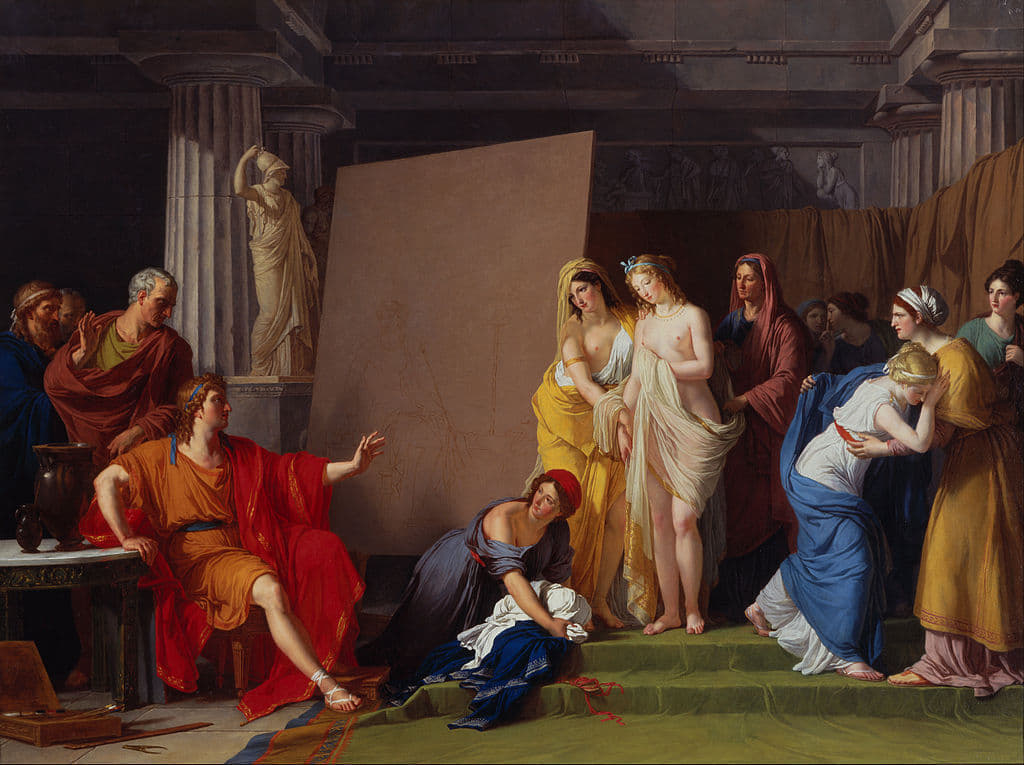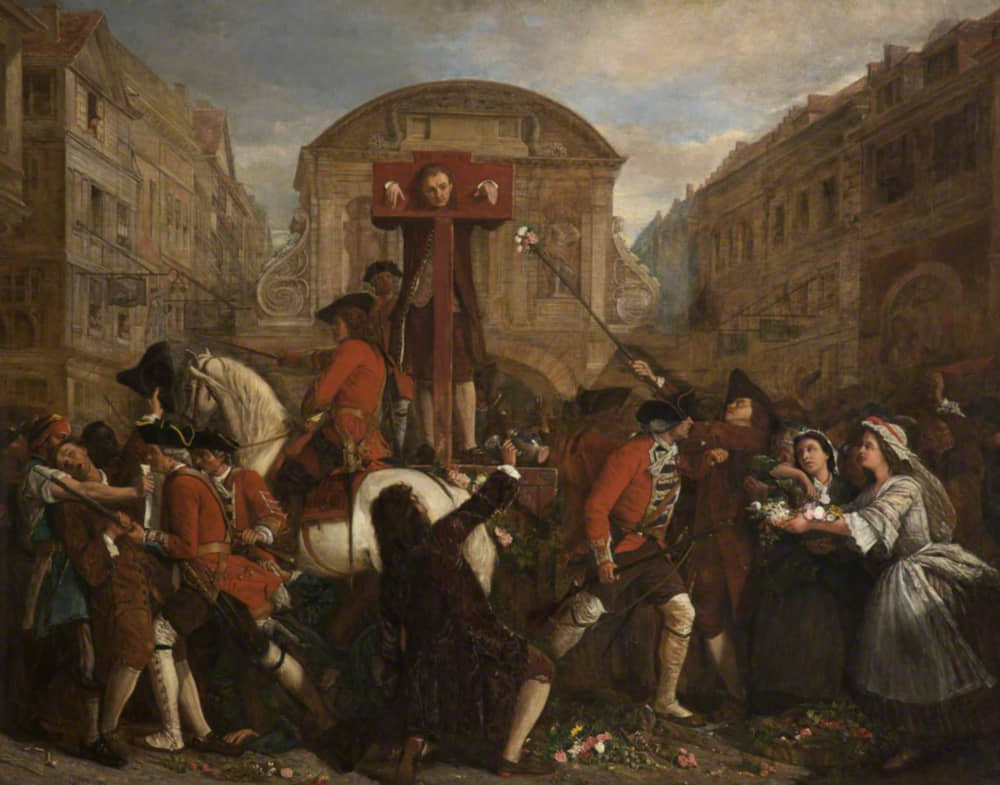In February 2022, the second edition of my book Hispanoamérica contra Occidente (Latin America vs. the West), which was first published in Spain back in 1996, appeared in Buenos Aires. So, most of my friends did not know it. I added a single final chapter “Notes on the Original Argentina.”
The book came about because of two facts: a) A conference in 1984 at the Versailles Congress Palace together with Julien Freund, Alain de Benoist, Guillaume Faye and Pierre Vial, which gave title to this book, and b) An epistolary exchange with Don Gonzalo Fernández de la Mora about Hispano-ness.
In France, I argued that Hispano-America, unlike Anglo-America, is the continuation of what is most genuine to the West, based on the notion of “that which non-Western traditions never foresaw or even imagined” (Pierre Aubenque, Le probleme d´etre chez Aristote, p. 13), as well as linguistic, artistic and cultural expression.
And before the eminent Spaniard, I affirmed that Hispanicity in America is not limited to the monarchy and the Catholic religion, as determined by thinkers such as de Maeztu or García Morente, but opens us to all the culture of the Mediterranean that comes through the Hispanic. The Hispanic in us is both vehicle and matrix.
The term “Latin American,” universally accepted, became a politically correct expression used by the Church, Freemasonry, Marxists, liberals and progressives. A term that is strange to us, of us with a false name. The semantic struggle is the first thing that is lost in war—for the denominations of the enemy are adopted.
I say all this so that you will see that my meditation on America and Hispanidad is not born in this conference but comes from far away, from forty years ago.
I read a few months ago (27/3/22) a report by the Spanish professor Carlos X. Blanco in which he affirmed that: “There could have existed a different universal Order, which generalized the values of Greek philosophy, Roman law and the German-Christian concept of the person. But this Hispanic Empire had enemies everywhere. Hispanidad, more than a nostalgia and an “imperial dream” should be reactivated in a geopolitical key. A ‘Hispanist’ pole in the southern hemisphere of the Americas, extending to the entire Portuguese-Spanish speaking continent and the Iberian Peninsula, (to Asia in the Philippines and Africa with Guinea) could play a great role as a counterweight to the poles that rule the world today: the declining Anglo-Saxon, the emerging Chinese, the Eurasian Russian, the Arab, etc.”
I would only correct the verb and instead of saying “generalized” I would have said “populairized” because we are the heirs of those values. Besides, the concept of person is not a German-Christian creation but comes from long ago, at least since Boethius (480-524).
We can have two approaches to the Hispanic: as a vehicle or channel through which the Mediterranean peoples (Spain, Portugal, France, Italy, Syria, Lebanon, Greece, Romania, etc.) that reached America express themselves, and as an ecumene, that is, as a great space of land inhabited by men who have and who feel, think and believe in common values. The Hispanic is neither the German Kultur nor the French civilisation, but contains a worldview about man, the world and its problems that is different from both.
In the first aspect (as a vehicle), the eagerness of the millions of immigrants who came to America in search of progress stands out above all—understood in a broad sense as the passage from the worst to the best, as taught by the Greek philosophers. It was also a vehicle for the Indians who incorporated hundreds of Spanish words into their multiple languages, e.g., cow, horse, sheep, etc.
Today, especially from England, the theory of “original peoples” is used to refer to the Indians. However, we Creoles are also native peoples. The difference with the Indians is that they have the “originality” while we have the “originality, because we are neither so Spanish nor so Indian,” as Bolivar said.
One of the traits of the Hispanic American man is the idea of progress, which is not the same as that of the Anglo-American. The latter, after the amazing increase of inventions produced by the interweaving of science and technology, whose product is technology, bought, adopted and assumed the myth of ineluctable Progress, not realizing that progress is good as an ideal but bad as an idea. If progress means to go from the worst to the best, to go forward, it is good; or does anyone not want to progress? But progress is meaningless if we do not know where we are going, and it is dangerous if we go the wrong way. Thus, if we emphasize comfort, which Hegel argued is infinite, progress will always be unsatisfactory. This technological progress ended with two atomic bombings in Japan, causing thousands and thousands of innocent deaths. We know that evil in the innocent is philosophically inexplicable, and that it is produced by a perversion of the cause that commits it.
On the contrary, for the Hispanic man, progress was always an aspiration and not an inspiration. It was an ideal and not an idea, and thus it traveled to America.
All the great progresses of mankind have not been for the sake of progress or for the benefit of the future, but for the sake of a current image, be it glory, the homeland, the welfare of the family, and so many others.
This aspiration to progress is what defines progress for Hispanic man, but his action is not inspired by the myth of progress.
This leads us to a deeper and more essential aspect of progress. “From the point of view of the spirit, progress is only valid when it develops in intensity or depth, never linearly or horizontally. The depth of progress indicates to us the degree of existential interiorization of the subject. And this is the profound meaning of progress, the increasingly intense interiorization of the truths that we know or, better, that we sense. The process of interiorization has successive degrees that contain one another in a hierarchy similar to the celestial one.” That is why we can affirm that in the spiritual life, whether mystical or intellectual, he who does not advance goes backwards (Alberto Buela, Epítome de metapolítica, p. 117).
Manuel García Morente, that great Spanish master of philosophy, posited the Christian gentleman as the archetype of the Hispanic man (Manuel García Morente, La idea de Hispanidad). And he was not wrong. But “this theory of archetypes has two flaws. One, it lacks scientific rigor—we can load it with the greatest virtues as García Morente does with the Christian gentleman, or with the greatest vices as the Argentine liberals do with the gaucho. And, two, it is always ascribed and determined to a temporal moment and to a precise place in the history of a people” (Alberto Buela, Hispanoamérica contra Occidente, p.52). Its validity disappears. It is then necessary to look for its specific features on the other hand.
Hispanicity as “being Hispanic” has been given in history under multiple and varied forms and will be given under many others which we cannot ascertain. It has always stood for the hierarchical sense of life, beings and functions. This hierarchy as a necessity of the inferior with respect to the superior: “What a good vassal he would be if he had a good lord,” affirmed Don Quixote, and not the other way around as the liberal bourgeois world postulates it. Hierarchy that is projected in a total vision, and not that of the specialists of the minimum who lose sight of the vision of the whole. Hierarchy that is based on objective values beyond discussion and not, conversely, on subjective values, arising from the primacy of conscience, the axial axis of the modern world. Thus, the necessity of the inferior, the vision of the whole and the objectivity of values are the expression of the hierarchical sense of being Hispanic.
The second trait is found in the preference of the self and the consequent lack of fear for the loss of identity.
Self-preference is not selfishness but an existential disposition that makes one not afraid of mixing with others. This is what the Spanish and Portuguese had when they arrived in America and what the millions of immigrants who came later had.
I have studied it as the first step of the dissident hermeneutics that I propose as the method of dissent:
Every method is just that, a way to get somewhere. Dissent as a method starts, no longer from the description of phenomena like phenomenology, but from the ‘preference of ourselves.’ It starts from a valuative act as a resounding lie to methodological neutrality, which is the first great falsehood of scientific objectivism, whether that proposed by dialectical materialism or that of technocratic scientism (Cf. Paul Feyerabend, Against Method). It breaks with the progressivism of Marxism for which every negation carries in itself a progressive and constant overcoming. On the contrary, dissent is not omniscient; it can say “I do not know,” and thus, being the method of popular thought, it can deny the validity of something without having to deny its existence.
The preference is made on the basis of a given situation, a historical, political, economic, cultural locus. In our case, South America or the Patria Grande. This requires or demands dissent, a situated thought, as rightly spoke the popular philosophy of liberation with Kusch, Casalla et alii, and not the Marxist philosophy of liberation with Dussel, Cerutti and others, which is a European branch transplanted in America. It has as a principle demand the hic Rhodus, hic salta (This is Rhodes, now jump—a Latin idiom meaning, “Show us what you say you can do”) of Hegel at the beginning of his Philosophy of Right. Only from a determined place can dissent be genuinely raised, because to raise it from an ‘abstract universality,’ for example, humanity, human rights, equality, etc., etc., etc., is worthy of the distrustful criticism of the left in general, which sees in dissent a dangerous reactionary-populist deviation” (Alberto Buela, Teoría del Disenso, p. 32).
The third and last of the features we will deal with here is the existence of a common enemy, the Anglo-Saxon. This is a Spanish heritage that Hispanic Americans, including all those of Mediterranean culture who arrived in these lands, have experienced and suffered since the civil wars of Independence. That great Mexican sociologist Pablo Gonzalez Casanova counted 700 military invasions and more than 4000 Anglo-Saxon interventions in Our America, from the battle of San Juan de Ulua in 1567/68 in Mexico to Grenada in 1983, Panama in 1989 and Haiti in 2004.
These successive and continuous struggles have shaped a certain awareness of the public enemy, the hostis. The one who harasses and opposes me. The one who prevents me from developing according to my own standards and values. In a word, the one who does not let me be by me and for me.
These struggles and experiences tend decades after decades and centuries after centuries towards the search of a Great Homeland, of a Great Space, of an Ecumene as we envision it.
The term “ecumene” (οἰκεομένη) is the present participle of the verb οἰκέω, meaning “to inhabit in one’s own house” and encloses the idea of “a large portion of inhabited land.” For the Romans, the Empire was their ecumene, just as for the Greeks it was Hellada, and for the Christians until the end of the Middle Ages, Christianity. These ecumenes, each in its own time, coincided with the limits of what was considered the world. (Ecumene is also used in human geography, designating the appropriate environment for collective life. And since it means environment, in Spanish, the gender has even been changed and we speak of “the ecumene” in the masculine).
The idea of ecumene is certainly linked to that of humanism, but understood as “a living form that develops in the soil of a people and persists through historical changes” (W. Jaeger, Paideia, p.11). Classical Greco-Roman humanism seeks the realization of man’s being through his formation. The reference to the soil of a people, according to the quotation, shows us the incarnation of ancient humanism, which the greatest of the Latin poets, Virgil, reinforces when he advises to think from the genius loci. A concept that encompasses the ideas of climate, soil and landscape.
This deep-rootedness, which was maintained in Hispanic humanism, is lost in enlightened humanism, which is, with minor variations, the one currently used by liberal and social democratic regimes and the United Nations around the world.
Other ecumenical summaries cover a multitude of countries, even some scattered ones, as is the case of the Arabian one. The opposite is true of the Indian ecumene, which is limited to a single country.
Ecumenes spatially determine not only an appropriate environment for collective life but also a world of values shared by the people who inhabit it. And in this sense the Hispanic or Ibero-American ecumene is an example of homogeneity, because of the common religion, language, law and customs.
The Enlightenment theory that is fully valid today consists in sustaining that pluralism should be considered not only within the cultural ecumenes but also within the national States that compose them. Since we do not share this theory, we ask ourselves: How should the question be posed?
We maintain, on the contrary, that pluralism should not occur within nation-states, as Dalmacio Negro Pavón likes to say, but that pluralism should occur between cultural ecumenicals. The risk of ecumenical pluralism within the nation-state is noted by the famous liberal political scientist Giovanni Sartori when he states: “Gathering many cultures on the same territory is dangerous. Thus, those who are not ready to integrate should not enter a country. For, immigration not followed by integration leads to the death of pluralism and democracy” (Giovanni Sartori, “Pluralismo, multiculturalismo e inmigración,” in Il Giorno, September 15, 2001).
It is the ecumenical cultures that produce the true and authentic plurality of the world, as they are constituted on the basis of shared values, language, beliefs, experiences and institutions.
Thus, cultural pluralism must be understood as an interculturalism where each identity is considered among others, but on the basis of its difference. In this lies the coexistence, or better, concord of communities.
To understand cultural pluralism as multiculturalism; that is, a cultural relativism that simultaneously leads to the exclusion of other cultures to avoid their denaturalization, or what is worse, to value the other for the mere fact of belonging to a minority and not for its merits or value in itself, is the serious mistake made today by cultural anthropologists and multiculturalists or progressives of thought.
(Multiculturalism is based on two stages in the development of cultural anthropology: a) on the cultural relativism of Franz Boas (1858-1942), the precursor of North American anthropology, who maintains that it is not possible to speak of superior or inferior cultures; and b) on the stage of decolonization in the 1960s and 1970s, when the former “objects” of study of the conquest of America and imperialism in Africa and Asia were transformed into “subjects” who studied their own realities).
When in the name of this multiculturalism, which as we have seen is a sectarian and exclusionary relativism, one ecumenical group invades the others, this produces the denaturalization of those groups. Thus the “Americanization” of the European, the “imbecilization” of the Ibero-American, the “terrorization” of the Arab ecumenical, etc., is encouraged. Erroneously, from the invading ecumene it can be thought that a transfer of meaning is produced, even though not all Europeans are North Americanized, nor are all Ibero-Americans imbeciles, nor are all Arabs terrorists.
This transfer of meaning and interference of one ecumenical group in another, as is happening today with the Anglo-American ecumenical group, is of maximum risk, because it indicates the emergence of an ecumenical totalitarianism, by which one imposes itself on the rest. The world would thus lose its richness of varied aspects, its character of beauty, for what it is—a cosmos—to become a single, uniform and homogeneous “orb.”
Alberto Buela is an Argentinian philosopher and professor at National Technological University and the University of Barcelona. He is the author of many books and articles. (This article was given as a paper presented at the Global Conference on Multipolarity, on April 29, 2023)
Featured: Valencia: Las grupas (Valencia: The Hind Quarters, referring to decorations of the horses), by Joaquín Sorolla; painted in 1916.

